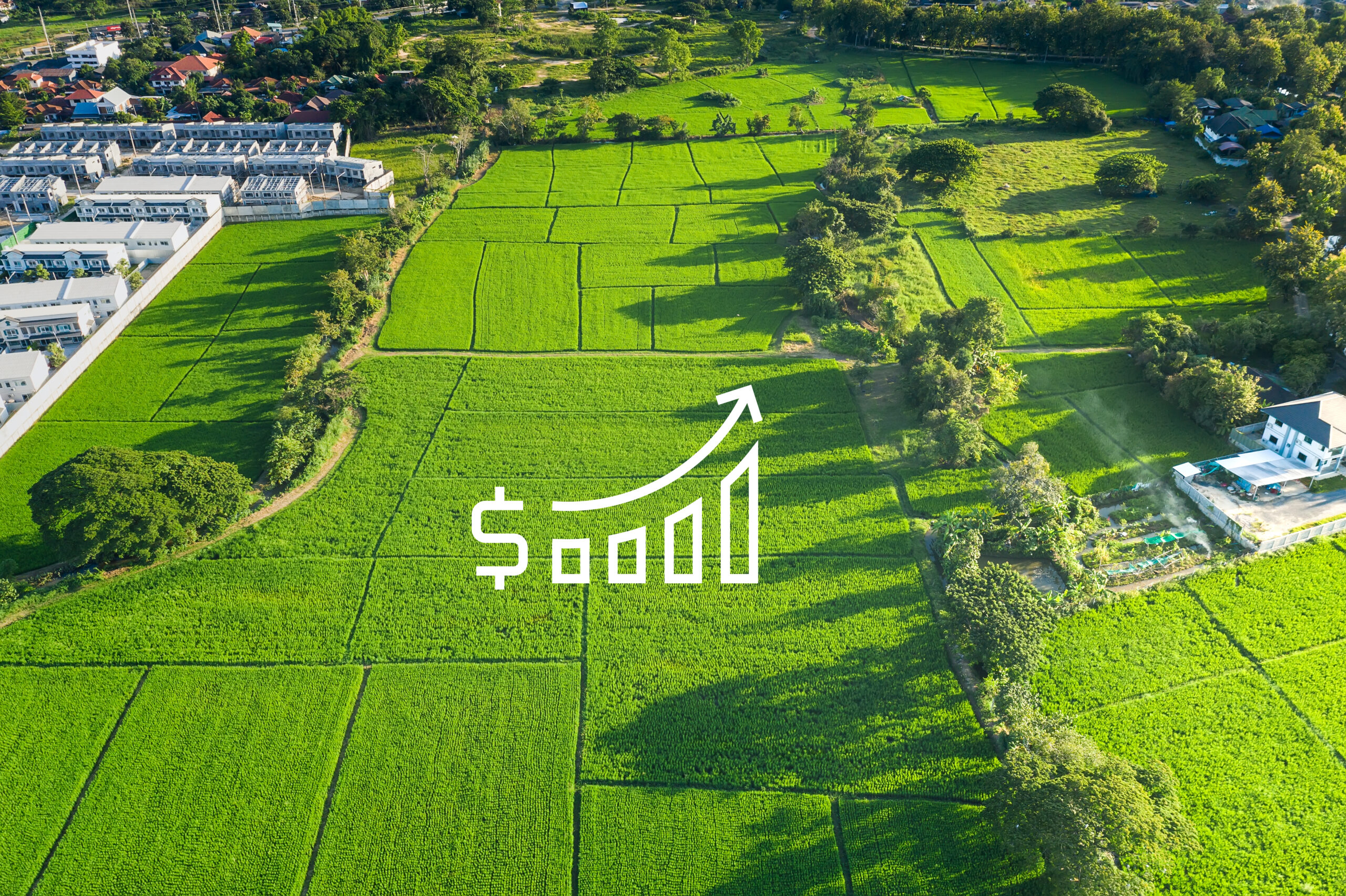Things are certainly looking up for Calgary’s office market as more and more tenants are occupying the downtown area’s vast supply of empty commercial spaces.
In a study last month, brokerage firm CBRE Ltd. said that after several quarters of record-high vacancy levels (even reaching a peak of 27.8% on Q2 2018), a steady flow of new occupants has pulled down the city’s office vacancy rate to 26.5% during Q1 2019.
The report stated that among the crucial factors in this trend are the markedly improved employment conditions in the region’s oil and gas sectors.
“They’ve just stopped the four or five hundred people being laid off like we saw a year or two years ago, where large companies like Cenovus and Suncor and basically all the major oil companies were laying off in droves — we don’t see that happening right now,” CBRE Alberta regional managing director Greg Kwong told CBC News.
The downtown office market had its strongest positive net absorption in five years, with 289,515 square feet of positive absorption in the first quarter.
However, the market’s peripheries continued to struggle, with less than 15,000 sq. ft. of net absorption during the same time frame.
“Due to comparable gross rents between Calgary’s suburban and downtown markets, suburban landlords continue to face the threat of large tenants moving into the core in order to take advantage of superior amenities,” according to the CBRE report.
Ephraim is currently a journalist at Mortgage Broker News, Real Estate Professional and Canadian Real Estate Wealth.
Ephraim is a highly accomplished news reporter whose work has been published across North America and the Asia Pacific region. Before joining Key Media, Ephraim spent eight years working as a journalist with Reuters TV. His areas of expertise include real estate, mortgage, and finance.
LinkedIn | Email









